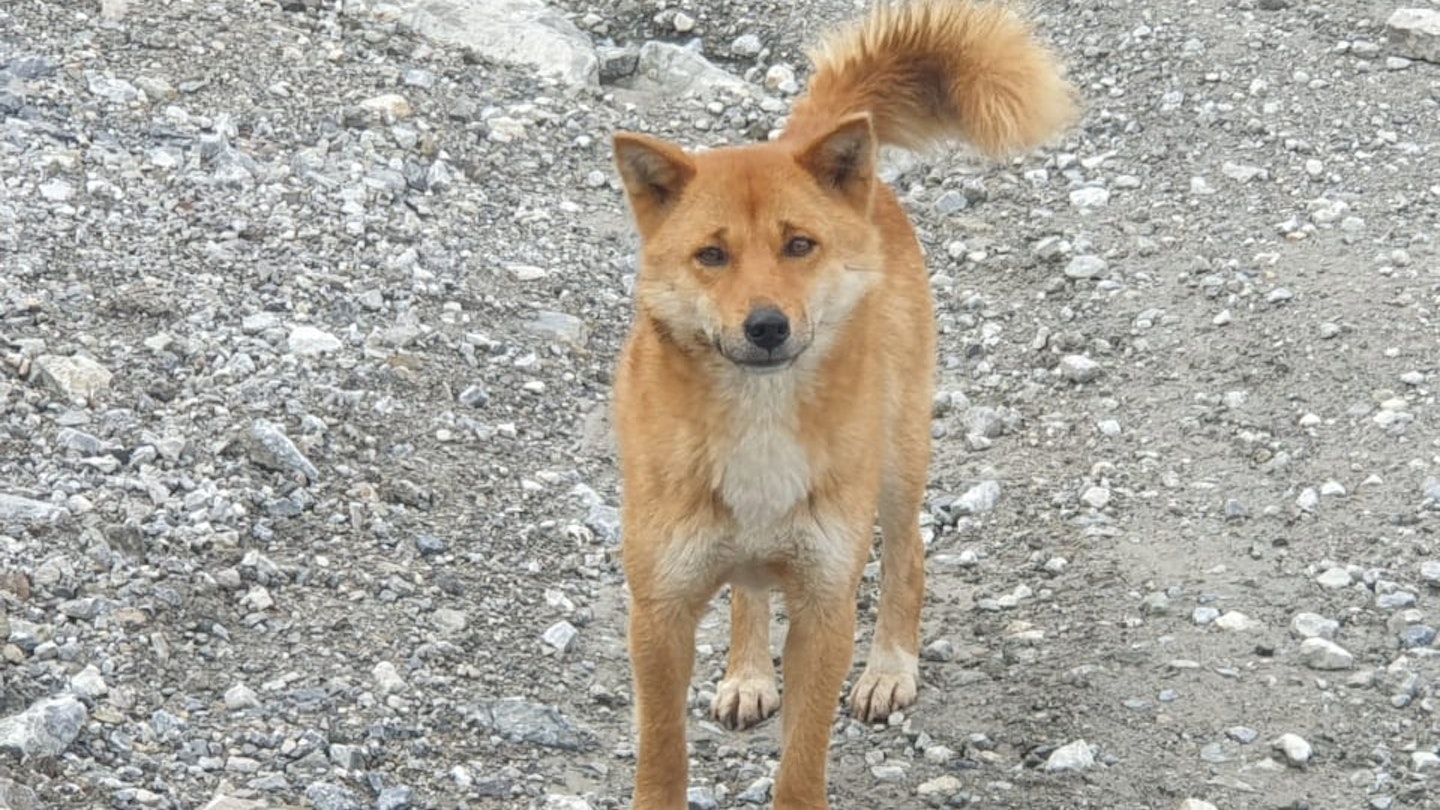New Guinea Singing Dog Conservation Insights
Known for their distinctive vocalizations – an eerie, tonal sound that has been described as “a wolf howl with overtones of whale song” – the ultra-rare New Guinea singing dog has been presumed extinct in the wild for the past half century. However, recent research indicates that these canids are genetically linked to New Guinea’s highland wild dogs, a discovery that could positively impact conservation efforts both locally and globally.
Genetic Connections Unveiled
While the similarities between these breeds are apparent, tangible evidence linking the captive New Guinea singing dog population to the highland wild dogs has been lacking – until now. A paper published in the scientific journal PNAS reveals that a team of geneticists, biologists, and field researchers compiled DNA evidence, asserting “an ancestral relationship” between the two. This connection suggests that highland wild dogs could play a crucial role in preserving the singing dog population in both wild and captive environments.

Insights from Experts
“These dogs are almost the same genetically, and about as far away genetically from every other dog species as they possibly can be,” says James McIntyre, founder of the New Guinea Highland Wild Dog Foundation. He elaborates on the evolution of these canids: “When the oceans were lower and Australia was attached to New Guinea, there was one type of dog roaming around. As the oceans rose, the two continents separated, resulting in the evolution of distinct breeds. The animals isolated in Australia adapted to become dingoes, while those in New Guinea evolved into highland wild dogs and now, New Guinea singing dogs. They all share a common ancestry.”

Current Status and Future Plans
New Guinea singing dogs were first captured for domestication and observation in the 1950s, yet no new captures or exports have occurred since the late 1970s. Currently, only a few hundred remain in captivity, all descended from eight original animals. This limited genetic pool raises concerns about inbreeding, which leads to smaller litter sizes and abnormal traits.
McIntyre notes that extinction is a serious risk, but it could be mitigated through genetic diversity. “These wild dogs have a huge amount of genetic variability,” he emphasizes.

The “definitive proof,” as McIntyre refers to it, of the dogs’ ancestral relationship was collected during a 2018 expedition to New Guinea. McIntyre and his team successfully trapped two dogs, collected biological samples, and fitted them with GPS collars, all within 20 minutes.
“The geneticists – Brian Davis from Texas A&M, Elaine Ostrander and Heidi Parker from the National Institutes of Health – examined over 300,000 genes from both the captive population and the highland wild dog samples that we brought back,” says McIntyre. He explains that they included dingoes in the study due to their established close genetic relationship. “It turns out that if you chart the whole family tree of dogs, there’s one branch that stands out. This branch has three offshoots: the New Guinea singing dog, the highland wild dog, and the dingo,” he states.

“Ultimately,” McIntyre concludes, “we aim to introduce new genetic material into the captive New Guinea singing dog population. Our next trip will involve collecting semen samples, which we plan to use in the captive populations. This initiative could serve as an “11th hour save” from extinction, providing a crucial rescue for these unique creatures.”
“Their howling, or singing as some prefer to call it, is at a decibel level found in no other canid globally,” McIntyre shares. “To actually hear it live at over 14,000 feet in the misty valleys is a nearly mystical experience.”




